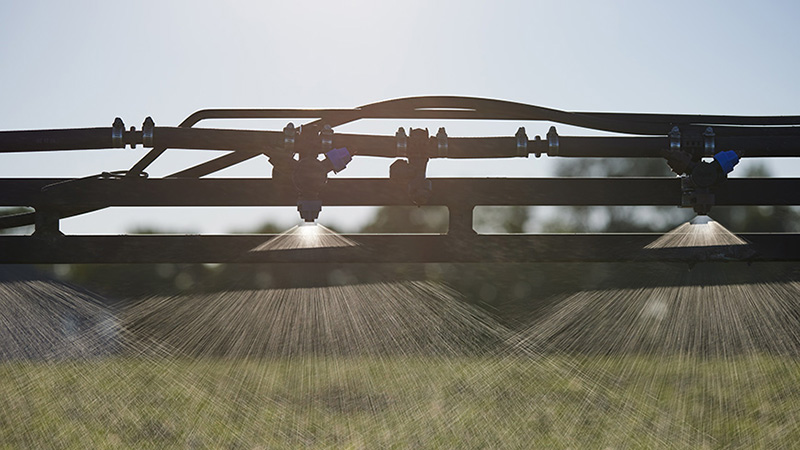Residual Herbicide Restrictions Affect Cover Crop Decisions
With interest in cover crops increasing among farmers unable to plant corn because of bad weather, Purdue Extension plant experts say growers should consider herbicide residue restrictions when making planting decisions.
Cover crops are primarily used to reduce soil erosion on unplanted fields, and they may be able to assist with weed suppression and improve nutrient recycling – both important benefits especially in a year when some fields were left fallow after a wet planting season. But, because of residual restrictions on corn and soybean herbicide labels, farmers who have applied herbicides with the intention of growing corn or soybeans may have long waiting periods before they can plant a different crop.
These restrictions may not apply to cover crops that are used only for soil erosion control, but some farmers choose to make hay from cover crops, said Purdue Extension weed specialist Glenn Nice.
“If the grower harvests any part of the plant, it becomes a crop in the eyes of the Office of the Indiana State Chemist,” Nice said. “At that point, you have to follow the residual restrictions on the label. If you break label, you are breaking the law.”
Even if the cover crop is used only for reducing soil erosion and will not be harvested, Nice still advises growers to look at herbicide labels.
Farmers need to see what the herbicide controls, such as grasses or broadleaf plants, and then whether the intended cover crop is a grass or a broadleaf plant, said Purdue Extension weed scientist Bill Johnson.
“Sometimes, growers might even see their cover crop listed in the section about what weeds the herbicide controls, meaning the crop clearly isn’t going to be successful,” Johnson said.
Many of the cover crop species historically have been considered weeds. Thus, Johnson and Nice emphasized that cover crops need to be properly managed in order to conserve soil and maximize corn and soybean production.
“Unfortunately, there is not much data on species being used as cover crops,” said Nice. “But with growing interest in cover crops as a conservation method, new studies are looking into how they respond to common corn and soybean herbicides.”
If the crop is sensitive to the herbicide, long-lasting residues could hinder emergence and inhibit growth. Residual herbicides may constrain stand establishment and eliminate the weed suppression function of a cover crop, Johnson said.
More information about various herbicides and their effects on specific cover crop plants can be found in the June 3 issue of the Purdue Extension Pest and Crop Newsletter at http://extension.entm.purdue.edu/pestcrop/.
(Source: Ag Answers)






